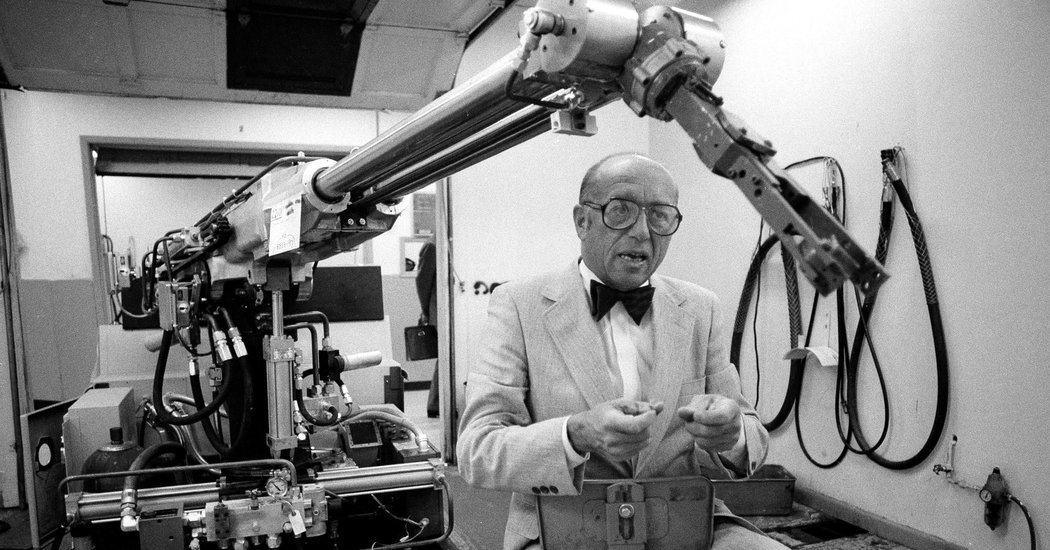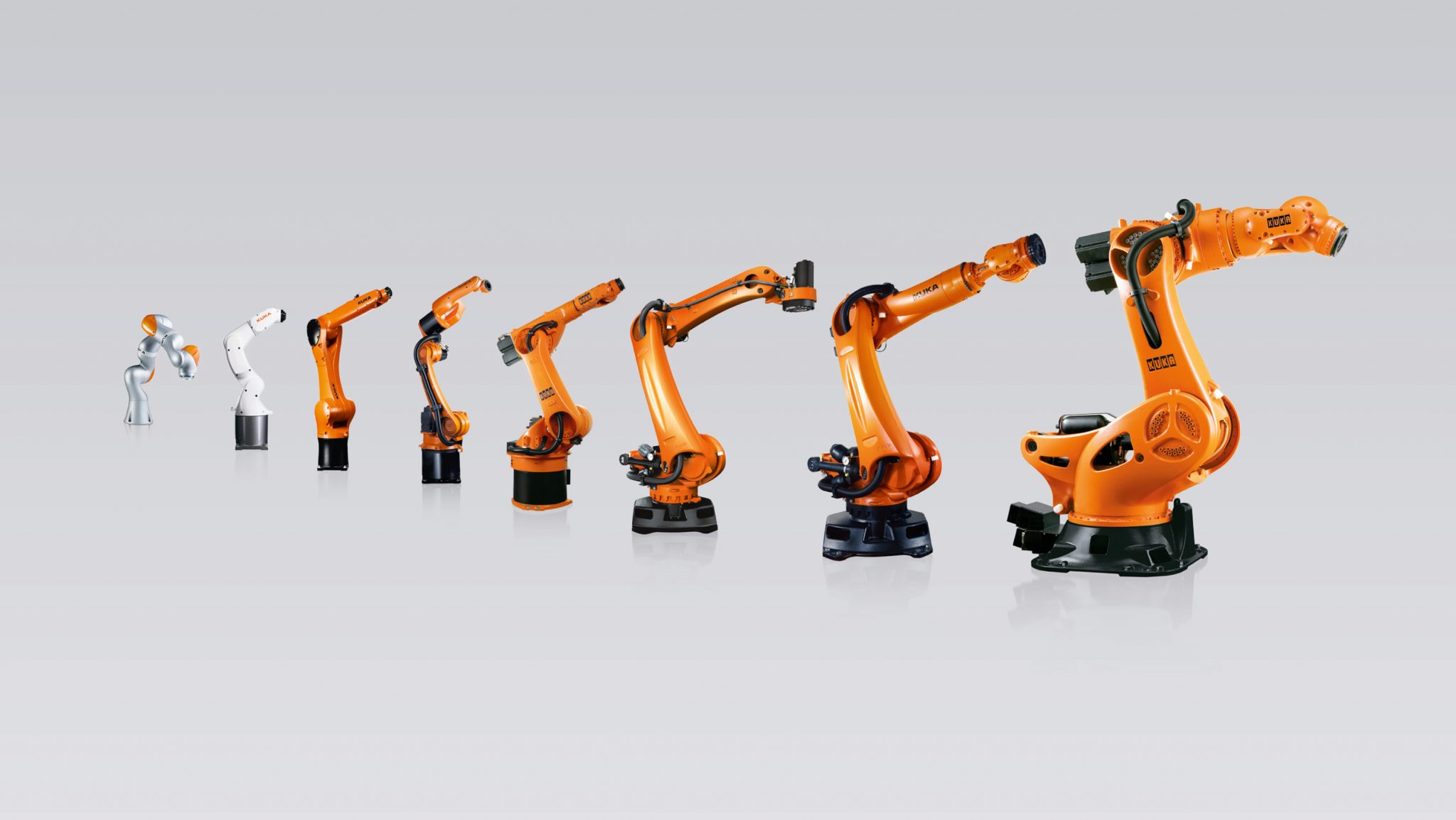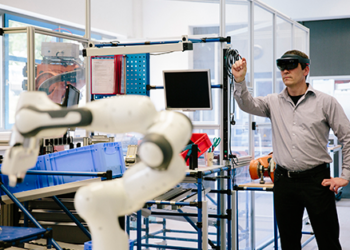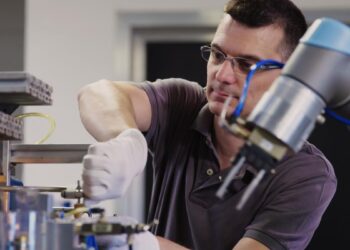From robot to cobot, a look through history
Nanorobots that are small enough to function in your bloodstream. Artificial Intelligence in which robots gain independence and can learn from mistakes. Or the autonomous robots and drones that are used by the army, for example, to clear a minefield. Meanwhile, developments within Robotics are going so fast that we almost forget that robots have not even been used for so long. How did robots become so important and how did we get to the point where we are now? In this article a small history lesson, from robot to robot.
How it all started.
Mechanical creatures have been used since ancient times. There are several concepts, similar to robots, found from about 400 BC. For example, drawings were also found of the famous inventor Leonardo da Vinci from 1495, who tried to develop a kind of mechanical knight. However, the word 'robot' was first used by the Czech writer Karel Čapek in a 1921 play. The word comes from the Czech word robota, which means 'work' or 'compulsory labour'. In 1933 the writer tells that the word was invented by his brother Joseph.
The first real industrial robot was used in 1937. This was a crane-like device with five movement axes, a grab hand that could turn around its own axis and was powered by one electric motor. This robot could lay down wooden blocks in pre-programmed patterns. The first patented robot was produced by the American company Unimation. A company founded by George Devol and Joseph F. Engelberger in 1956. At that time they were also called programmable transfer machines, because their only task was to move objects from one point to another. The robots were controlled by hydraulic actuators.

Robot revolution.
In Europe, robotics got off to a flying start with ABB Robotics and Kuka Robotics. These two companies introduced robots to the market in 1973. ABB Robotics introduced the IRB 6, the world's first electric robot for sale by companies, controlled by a microprocessor. Kuka Robotics introduced FAMULUS, a robot with six electromechanically driven axles. Interest in robots grew in the late 70s and many American companies introduced themselves to the market.
From the 1980s, when the industrial robot revolution culminated, much has changed until now. Robots are not only very important in the industry, but can be found all around us. New in the branch of industrial robotics are cobots. The definition of a cobot is; 'a robot that is meant to physically communicate with people in a shared workspace'. The big difference with other industrial robots is that they are designed to work autonomously in an enclosed space.

The origin of the cobot.
The first cobot was invented in 1996 by J. Edward Colgate and Michael Peshkin. They call the cobot 'a device and method for direct physical interaction between a person and a computer-controlled manipulator'. Over the years, several cobots have been marketed. Kuka Robotics, who also launched one of the first industrial robots on the market, launched their first cobot in 2004, the LBR 3. This was the result of a collaboration with several companies. Universal Robots, one of the largest robot suppliers in the world, released their first cobot in 2008, the UR5. Four years later, the UR10 was launched, followed by the UR3 in 2015, a cobot specifically for a tabletop.
Cobots can fulfil various roles. They can take over activities that employees experience as 'boring' and 'monotonous'. For example, tightening screws or packing boxes. In this way an employee can perform more complex tasks and production can be increased. Robotics cause a lot of dust to be blown up. For example, it is suggested that robots take jobs and workers feel threatened. However, there are also claims that the advent of cobots has the opposite effect. The advantages of using cobots are, for example, that robots no longer have to be in cages or safety zones. Cobots are equipped with force-feedback sensors that prevent them from injuring colleagues. They are also easier to program and can be used more flexibly than industrial robots.
In summary, we can state that within 40 years a lot has changed in the world of industrial robots. WiredWorkers sees the future in cobots and has already done several studies into the feasibility of collaborating with cobots. The test results look rosy and the cobot is extremely interesting for both large companies and SMEs. Keep an eye on our articles or contact us to stay informed about the latest developments in cobotland.





